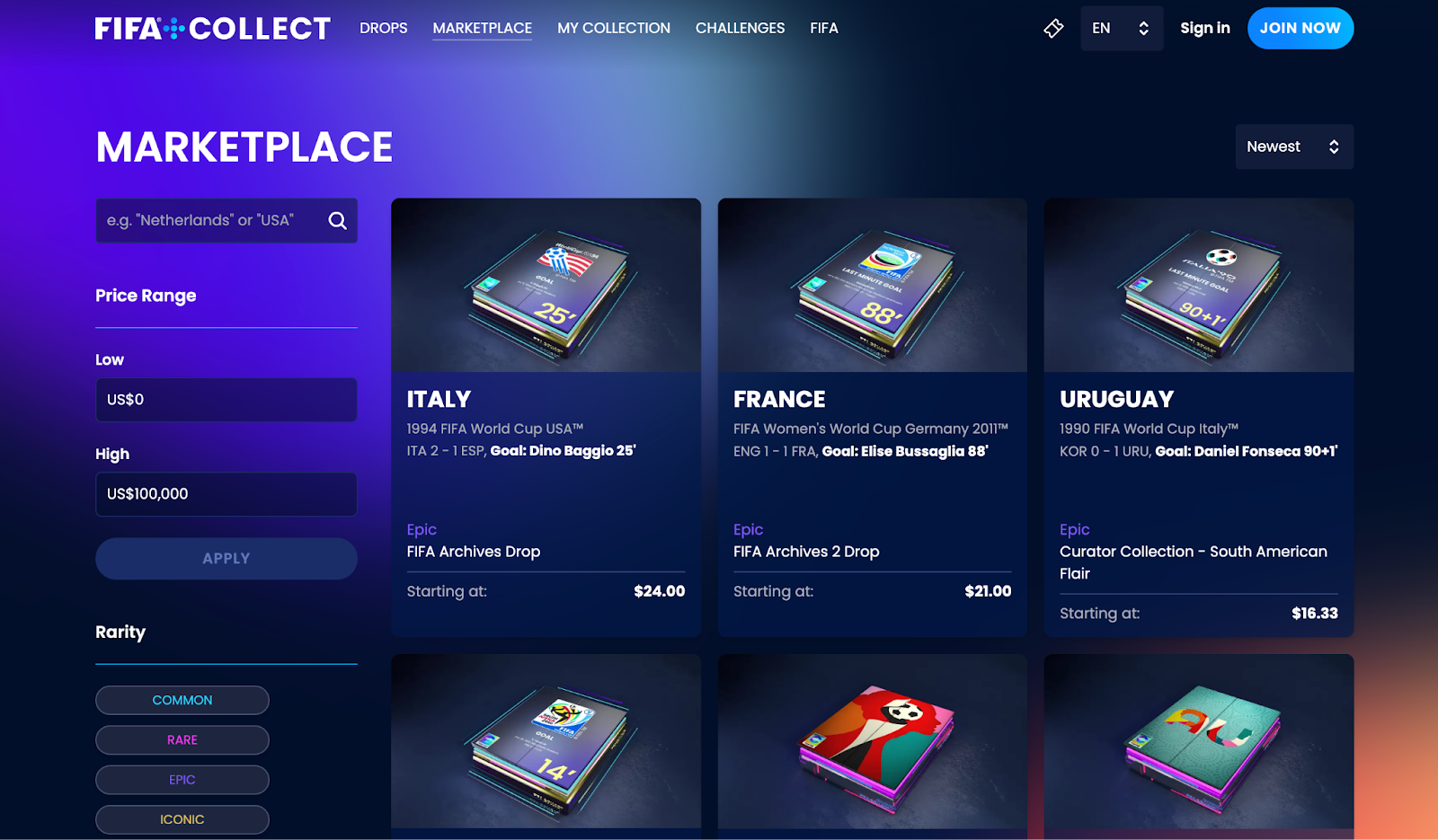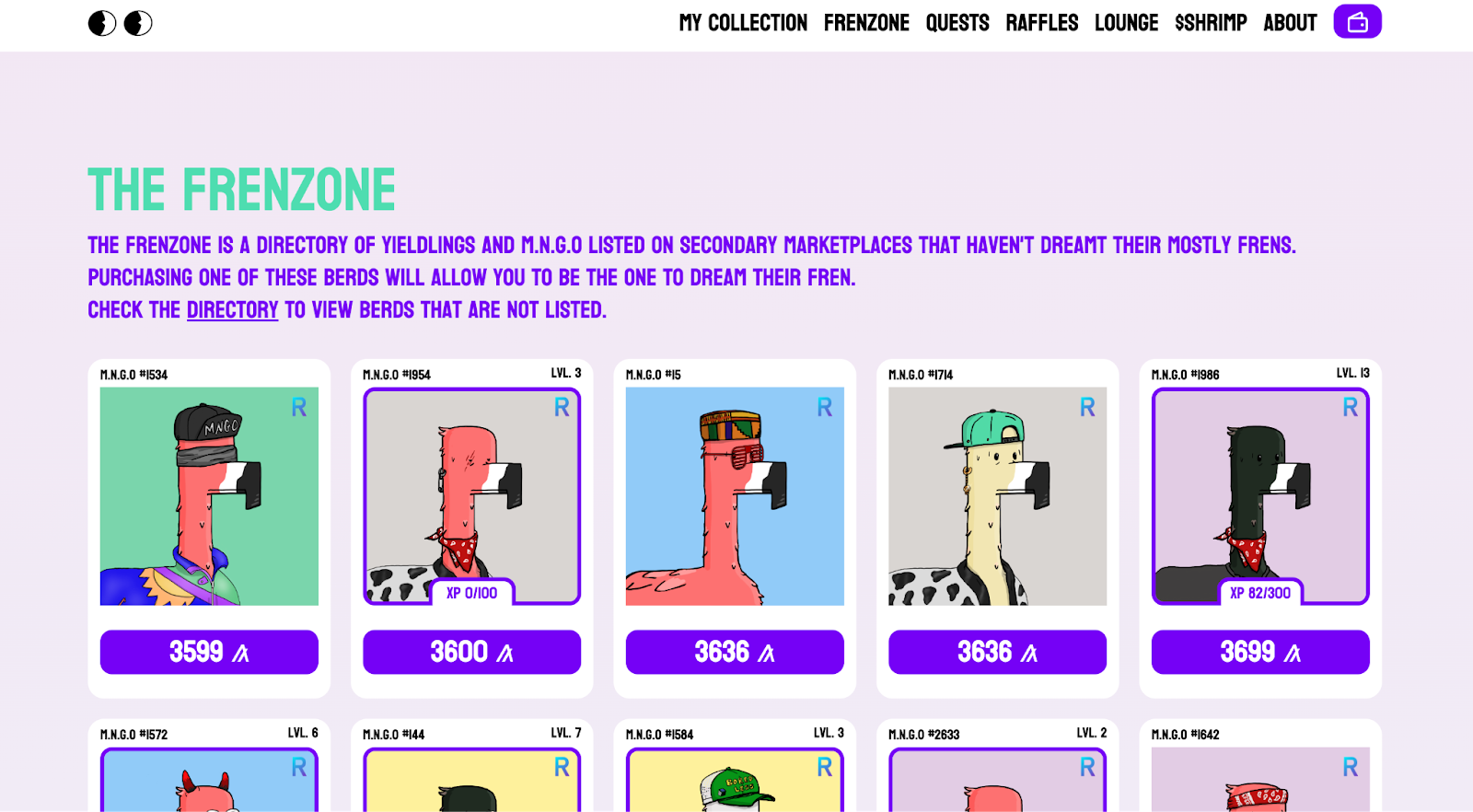.png)
This article outlines the token standards relevant to NFT creators. If you’re looking for how to mint an NFT on Algorand on an NFT minting platform, with smart contracts, or with ASAs, read this comprehensive guide.
Two key terms you need to know ahead of creating NFTs on Algorand are ARC and ASA. First, we will explain those terms.
What is an ARC?
ARC stands for Algorand Request for Comments. An ARC is a design document providing information to the Algorand community or describing a new feature for Algorand, its processes, and its environment. ARCs are the primary mechanisms for proposing new features and collecting community technical input on an issue. We must refer to them when creating fungible and non-fungible tokens, building applications, making transactions, and basically, everything that needs an ecosystem consensus to work.
Find out more about Algorand Requests for Comments.
What is an ASA?
ASA stands for Algorand Standard Assets. ASAs are on-chain assets that benefit from the same security, compatibility, speed, and ease of use as the Algo. ASAs can represent stablecoins, loyalty points, system credits, in-game points, and more.
Most NFTs are minted on Algorand through ASAs; they are built into the protocol and created using a special type of transaction. This is distinct from some other blockchains, where a smart contract is necessary to create an NFT.
It’s also possible to mint NFTs on Algorand through a smart contract. It will depend on your project requirements as to whether this is the most suitable option. We will detail the options below.
Learn more about Algorand Standard Assets.
Token standards for NFTs on Algorand
This section outlines the basic conventions of each relevant ARC token standard and their use cases.
ARC-3: The default token standard for NFTs
ARC-3 (or ARC-0003) is the original token standard for creating NFTs on Algorand.
- Metadata (name, description, link, and traits) is stored off-chain, on IPFS, or on another centralized or decentralized server.
- ARC-3 can be identified by its Asset URL, which will end with #arc3.
- ARC-3s can be minted in bulk. This can be achieved simply by using a tool like Evil Tools.
- ARC-3 is useful when handling a large amount of metadata, like videos or other larger formats.
- ARC-3 is supported by all Algorand NFT marketplaces.
- The ASA requires both creator and owner to each lock ~0.1 Algo.
FIFA+ Collect digital trading cards are minted with ARC-3.

Find detailed information about ARC-3.
Note: ARC-69 was introduced for more flexibility and to store metadata on-chain. However, this is now being phased out, and it’s recommended that creators combine ARC-3 and ARC-19.
ARC-19: Upgradable or dynamic NFTs
ARC-19 should be used in conjunction with ARC-3 to increase the functionality of an NFT.
- ARC-19 allows you to update your NFTs by allowing for the metadata or digital media associated with an NFT to change after it has been minted.
- ARC-19 can allow for dynamic and interactive NFTs. An NFT could be updated manually or have a built-in mechanism, allowing it to upgrade and evolve over time.
- AlgoKit, the all-in-one toolkit to start building on Algorand, offers templates to create ARC-3 and ARC-19. Watch this quick video.
- You can easily mint an asset in under 30 seconds with Evil Tools. Watch how.
- You can bulk download and update ARC-19 metadata with Evil Tools.
Find detailed information about ARC-19.
Mostly Frens is an example of ARC-19. It’s a dynamic, mutable PFP collection where the Frens evolve as they are fed tokens.

Al Goanna’s second drop, Mutants Vs Zombies, combines ARC-3 and ARC-19 standards.

Note: Before ARC-19, ARC-69 was the main standard for upgradable NFTs.
ARC-72 - NFTs with smart contract flexibility
ARC-72 is the standard for creating NFTs through smart contracts on Algorand.
- Smart contract NFTs are an alternative to ASAs and can provide rich extra functionality.
- ARC-72 removes the need for creators and collectors to opt into ASA tokens.
- Programming knowledge is required to deploy a smart contract NFT.
- ARC-72 works in a similar way to ERC-721 on Ethereum.
- ARC-72 is most cost-effective as it only requires the creator to lock ~0.1 Algo, not the owner. In contrast, ASA requires both creator and owner to each lock ~0.1 Algo.
Find detailed information about ARC-72.
ARC-18 - Enabling NFT royalty payments
ARC-18 is the standard for enabling royalty payments on NFTs. It should be used in conjunction with ARC-3 and ARC-19.
- ARC-18 allows creators to collect royalty payments each time their NFT is sold.
- ARC-18 means creators do not have to rely on marketplaces to facilitate royalty payments.
- The creator specifies the royalty rate when they initially mint the NFT.
Find detailed information about ARC-18.
Note: ARC-18 is an application of ARC-20.
ARC-41: NFT vault for NFTs, Algo and other fungible tokens
ARC-41 is an upcoming ARC that will allow the bundling of digital assets.
- ARC-41 will allow an ASA to detain and manage ASAs, Algo, and other fungible tokens through a “vault”. This works by creating a smart contract that will give the owner a way to bundle these digital assets together.
- ARC-41 will allow users to buy one NFT and simultaneously gain ownership of others.
- ARC-41 will give its owner a way to bind multiple Algo, fungible tokens, and/or NFTs to one authority NFT.
- ARC-41 is still in development and is inspired by the Ethereum ERC-6551 standard.
What are freezing and clawback?
Freezing and clawback are two features of ASAs that allow the creator of an ASA to control who can own and transfer the asset.
Freezing: Freezing an ASA prevents the asset from being transferred or sold. This can be useful if the creator wants to prevent the asset from being used in a way that they do not approve of. For example, a creator might freeze an ASA if they believe it is being used for illegal or fraudulent purposes. Freezing can also be useful for tying non-transferable NFTs (or “soulbound tokens”) to certain wallets.
Clawback: Clawback allows the clawback manager (i.e., a smart contract, a logic signature, or a classic wallet) of an ASA to take back the asset from the current owner. This can be useful if the creator believes that the asset has been stolen or lost. For example, a creator might claw back an ASA if they believe the owner is violating the terms of service or if the ASA was stolen.
Freezing and clawback can be applied in the parameters of a smart contract and therefore need to be defined in advance. The parameters can include the address of the creator, the number of signatures required to clawback the ASA, and the amount of time that must pass before freezing or clawback can be executed.
Learn how to apply freezing and clawback parameters.
Which ARCs are right for my project?
Further learning





